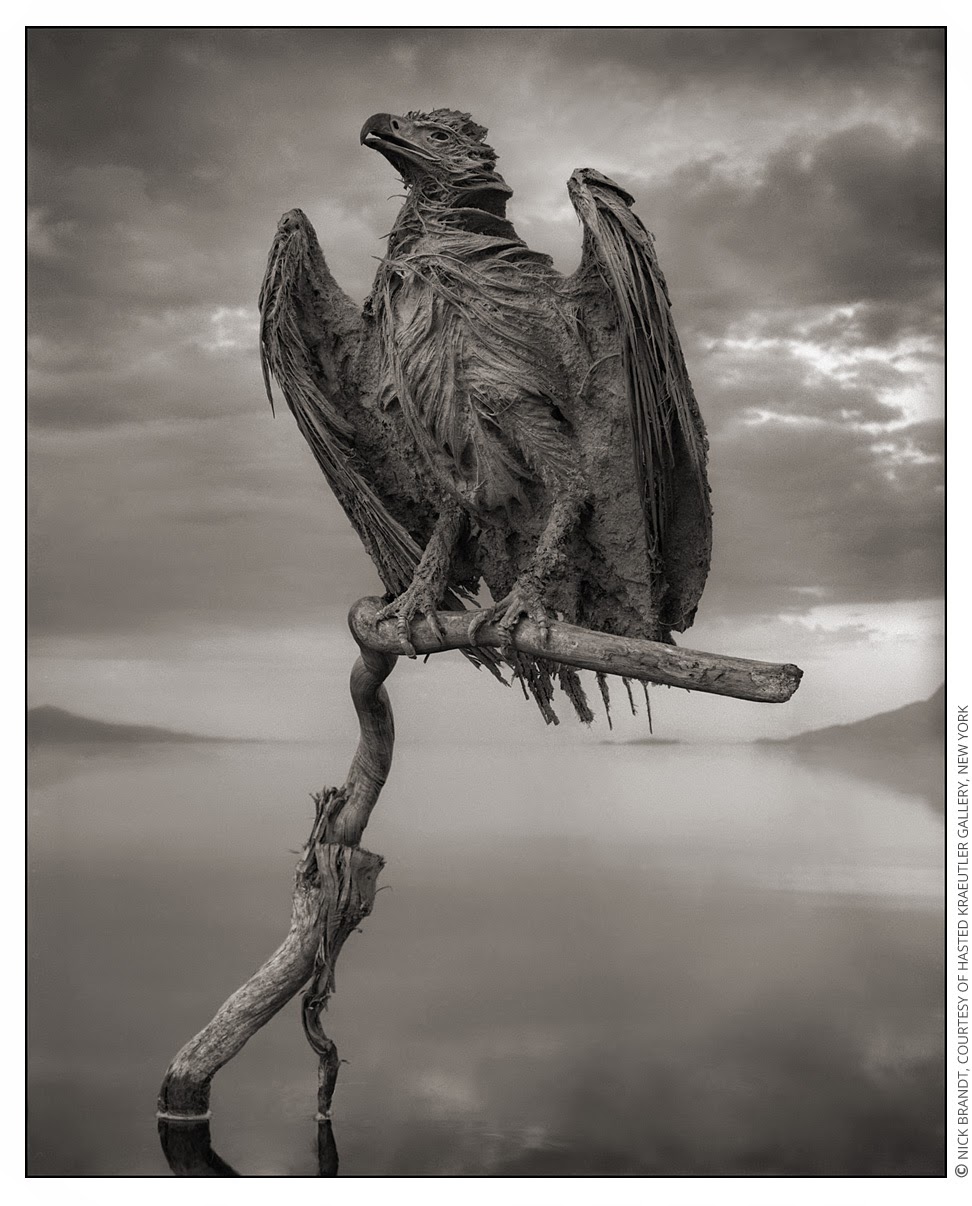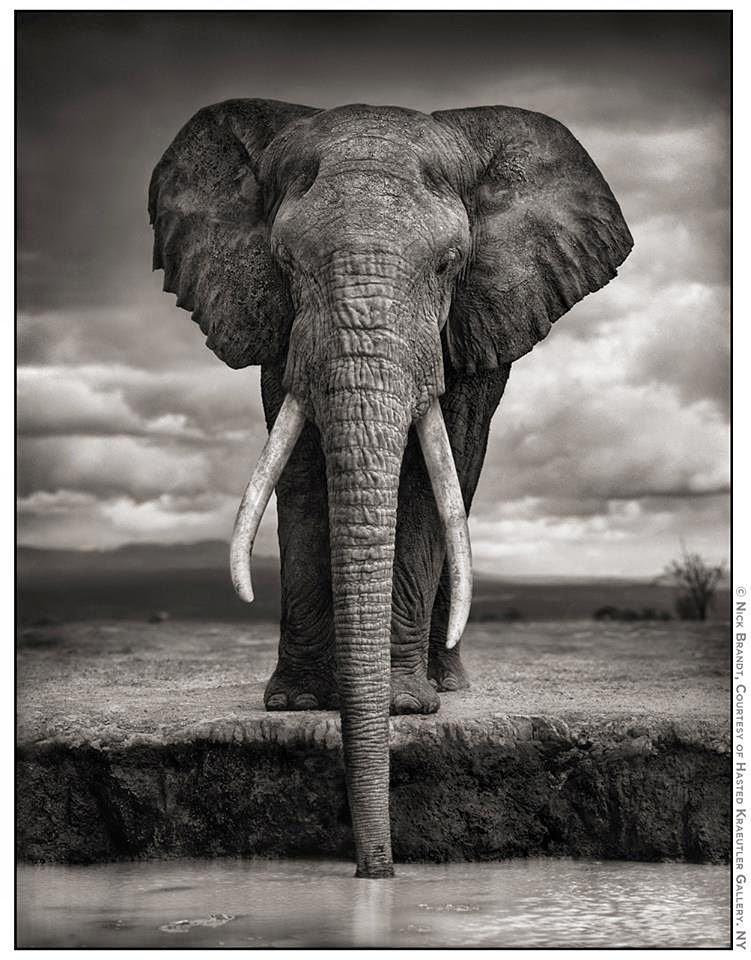#5 : GORILLA ON ROCK, PARC DES VOLCANS, 2008
If only all my subjects were as accommodating as this silverback gorilla in Rwanda.
In March 2008, I trekked up to the gorilla groups in Rwanda for six days in a row, to try and take their portraits. You’re only allowed one hour a day with them, so the pressure is on. The rangers take you in groups of eight, but I bought all eight permits so that I could be alone with the gorillas for that precious hour, free to move around them to get the right angle with no-one in the way or in shot. An expensive way of doing things, to put it mildly.
But for the first five days, the gorillas just rubbed my nose in it, spending every minute of each of those short hours sitting waist deep in wild celery, contentedly munching on the stuff, bathed in ugly bright sunlight.
More than ever, I needed cloud cover. Hard sunlight, which I am no fan of in my photos, looks especially terrible on gorillas, transforming their liquid eyes into impenetrable dark sockets.
As mentioned before, I am always looking to take a portrait of an animal in exactly the way I would shoot the portrait of a human being. It wouldn’t be a good portrait of a human to see them waist deep in wild celery (and eating it). Same rules apply for portraits of gorillas.
But then, on the last day, with just 20 minutes of the trip to go, this beautiful giant silverback male walked down into a small river bed, and stood on a rock, appearing to pose.
I clambered down into the river bed to join him. He just stayed there, allowing me to photograph him from head to toe. I frantically reloaded my camera (ten shots per roll with medium format 6x7 film), expecting him to move at any second, but nope, he stayed right where he was, posing away.
Afterwards, the park rangers said that they had never seen a gorilla do anything like that. They were generally always deep in the forest’s vegetation.
So I considered myself very fortunate to have gotten this photo. Once home, this frame was the one that most moved me, but blowing it up large - the print is 42x55 inches (107x140 cm) - I discovered that shooting in such a dark setting, aperture wide open, with such shallow depth of field, that one of his eyes was a little out of focus. I realized that because of my poor focusing, the gorilla’s two front legs dominating the frame were pin sharp. With their luxuriant glossy fur, this made the photo work better than if I had gotten the focusing conventionally correct.
The photo is published in “A Shadow Falls” (available again after a long time out of print, available on Amazon), and in “On This Earth, A Shadow Falls” (available again at the end of July, pre-order for $112 on Amazon at this new link here)








